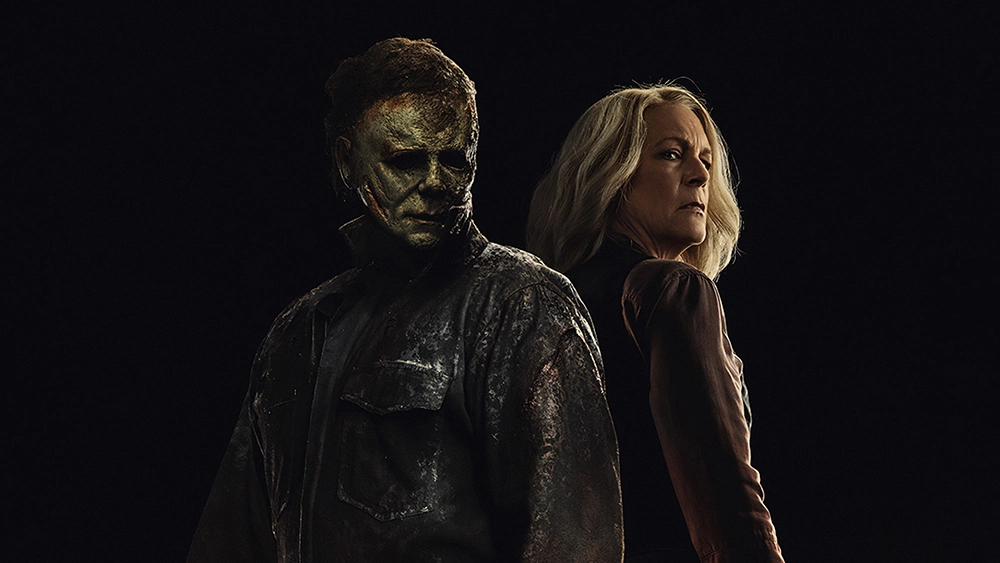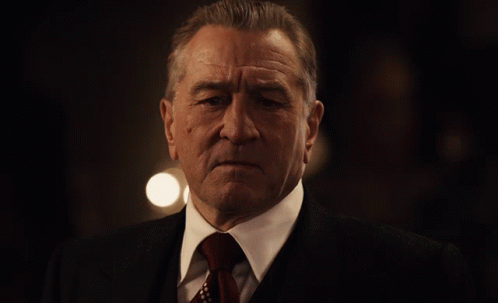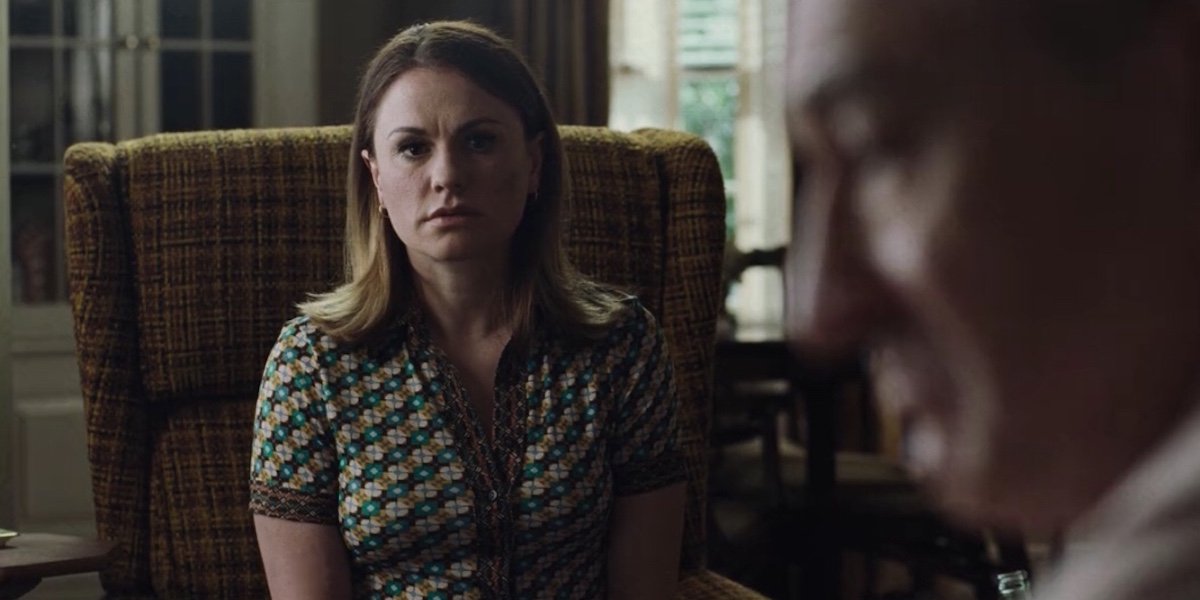Until about twenty years ago there was a real lack of women Horror film directors. What we got was Horror through a white male lens, and what that meant was we got the kind of stories that frightened them, or their ideas of what frightened us. Today however, women have fully entered the discussion and we’re just beginning to get some idea of what women think scares us, and its a lot more surreal than you thought. Not that these films are lacking spectacle or gore, but there is a little more of an emphasis on psychology, mood, and surrealist imagery. You would guess that a lot of the emphasis would be on motherhood, childbirth, and pregnancy, but there are a number of films about the horrors of consumption, complicated relationships, and feminist issues.
Yes, I have seen most of these, and while YOUR mileage may vary, I thought many of these films were very effective scares.
But note, that even though women have been more prominent as directors and writers, the genre is still overwhelmingly white, and we are only just starting to get stories written by and about Women of Color. That said, I tried to include at least couple of films from women of other cultures and communities.
As Joanne Russ argued, “A mode of understanding literature which can ignore the private lives of half the human race is not ‘incomplete’; it is distorted through and through.” Traditional means of understanding the history of the horror genre have not even given us an “incomplete” view by which we can extrapolate and hope to understand the real story. It is a history that is so false as to be completely unhelpful. This reimagined history doesn’t only neglect the perspective women. As bell hooks points out, “many feminist film critics continue to structure their discourse as though it speaks about ‘women’ when in actuality it speaks only about white women.” Even as we make gains in making films that represent more stories than just those that appeal to the white North American or European man, we are also becoming aware that simply including white women isn’t enough.
—- From: Horror Movies Directed by Women — Feminist Filmmaking
Goodnight Mommy
Directed by: Veronika Franz
Okay, this is one ofthe films I have yet to watch but I wanted to get it into the roster for this Halloween because the premise sounds especially scary. This woman shows up at their home claiming to be their mother but the twin boys can’t tell because her face is all covered in bandages. After a while they start to suspect that she isn’t who she claims to be and devise some schemes to find out or trick this woman into showing her true self.
Who are the bad guys here? Is it the woman who claims to be their mother or are the twins just delusional? Are there any bad guys at all? The children are very young so sometimes kids get an idea in their minds with no proof, but they can’t let it go, so it will be interesting and probably pretty frightening to find out.
Umma
Directed by: Iris Shim
This is another movie about relationships between mothers and daughters, and the fallout from generational trauma. Nobody does generational trauma films like Asian women, because that has been a core theme in every movie I’ve watched which had Asian women directors. It also stars one of my favorite actresses, Sandra Oh ,and I’m eager to see what she does in this role.
There is an entire genre of Horror films made by Asian directors (who are from different parts of Asia) but mostly there are no American made Horror movies which star Asian men or women. Hopefully in the future we will get more of these told from their uniquely USian point of view.
Saint Maud
Directed by: Rose Glass
I’m not normally attracted to religious films because far too many of them are derivative, but this film intrigued me because of the unconventional plot. The lead character is a home nurse aid obsessed with religious pain and martyrdom, and becomes convinced that the woman who is dying of cancer in her care needs to have her soul saved. I’m always a sucker for quiet films set in the English countryside, so it has that going for it. This movie turned out not to be at all what I thought it would be, and that’s a good thing.
XX
Directors: Roxanne Benjamin, Jovanka Vuckovic, Karyn Kusama, St. Vincent
I enjoy anthology films and I really liked this one. Like the VHS series it starts with a framing sequence that I didnt care for too much because I thought it was simply ugly. Fortunately, you don’t have to spend too much time watching those sequences and the first story in the four stories that make up this movie is especially haunting. I remember reading the short story, The Box, on which this sequence was very loosely based some time ago. In it a man on a bus shows a little boy something he has in a box, after which the little boy stops eating. Whatever has happened to him he ends up spreading to the rest of the family (except for the mother), and they all starve themselves to death, leaving her puzzled and alone. Another favorite of mine was Her Only Son, about a woman who gives birth to the son of the devil and raises him to not know it.
There are so few women in Horror, as writers and directors, that its hard to get a good bead on the kinds of themes that women would create if they ran the genre, but this movie is an excellent glimpse into the types of stories women like to tell, and the kinds of themes they consider a priority (like consumption, loss, grief, and family relationships). I don’t object to the kinds of Horror stories told by men because a lot of excellent Horror films have resulted from it, but Horror is a very lopsided genre, and for the last hundred years we’ve only been seeing what men think is scar and following familiar tropes they created. So, it’s interesting to watch films like this because you can see how women subvert or uphold certain tropes, what women think is scary, and women’s filming techniques for producing fear.
Run Sweetheart Run
Director: Shana Feste
This is one of those movies where your mileage may vary. I enjoyed the movies premise and it has some great action scenes, and the heroine of the movie isn’t stupid. There were some things I was glad to see happen in the movie, like other women supporting and helping the protagonist, which isn’t something you get when men direct these types of films. Often the number of women in Horror movies is limited and they don’t always get along or try to help other women survive.
On its face the movie looks like a typical Halloween, Nightmare on Elm Street, slasher style film, where a woman is pursued by a killer for a night. Her purpose is to survive until daytime, and we are given the idea that that’s an impossible task, but she doesn’t just spend the entire night running and screaming. She makes some interesting choices, which has the effect of turning the movie into a battle of wits between her and her pursuer , and while the ending could have been better written, I was satisfied with it. The most annoying part of the movie is the word “RUN” gets splashed across the screen in huge type right before an action sequence. Outside of that really annoying detail, (which was not a deal-breaker for me), the movie was alright.
Titane
Directed by: Julia Decournau
This is another movie I’ve heard of by rough description and I cannot entirely understand the plot as I read it, but the trailer looks intriguing, so I have it on my list of films to watch this year. This is from the director of Raw, which turned out to be a favorite of mine. The theme of that movie was cannibalism as a stand in for sexual maturity. This one seems to involve machines, sexuality, and false identities. If you think that sounds interesting than definitely go for it. It’s available on Hulu.
The Babadook
Director: Jennifer Kent
This was touted as one of the scariest films of the year on its release and the Babadook itself gained a bit of notoriety as a gay internet meme. (I’m still not sure how or even why that happened. Nothing in this movie is remotely gay.) I’m not gonna lie, the movie does have some very effective jump scares and there is some amount of tension but this doesn’t make any of my favorites lists. It was alright and worth the watch but ultimately I was not greatly impressed. But as I said earlier, your mileage may vary. You should check it out if you love mother and child in danger type movies like Dark Water and The Ring.
Piggy
Director: Carlota Martinez-Pereda
I really, really liked this movie because it presents a very interesting dilemma that I’m still pondering several weeks later. I initially wanted to watch this because I identified with the protagonist of this movie. I was a big girl all through school, although unlike the lead character of this film I wasn’t bullied for it (or befriended by a serial killer) because I was simply one among many, and being a little plump wasn’t anything particularly abnormal where I grew up.
The lead character is a horribly bullied young lady, and normally I don’t like to watch such films, but if it’s surrounded by an interesting premise, I’m willing to sit through such scenes, and this movie was worth it. Sara, the daughter of the local butcher, gets bullied by a pack of girls in her small town who call her Piggy, but a serial killer starts killing the girls who bothered her, and Sara gets placed in a situation where she could save their lives if she speaks up, or she can become friends with the guy doing the killing, and to the film’s credit I could not tell what her decision would be until the very end of the movie, and that is a tight rope to walk, mostly because I was unsure of what decision I would have made in her place. This movie is based on the short film that’s is freely available on YouTube.
Candyman
Directed by: Nia DaCosta
I thought this film to be a worthy successor to the original which for me had some real problems, one of which was that the primary character was a white woman in a story that is set within Black American surroundings. I just feel like the director’s and creators did that thing where they put a white person in the middle of a story that should have been about Black people, and this film did a good job of not only correcting that issue, but expanding the original story in such a way that the original actually makes more sense. For those who are interested in the scares, this movie doesn’t stint on the gore, and the film’s message isn’t too much in your face.
This is one of the few Horror movies directed by a Black woman. There really isn’t enough of them to establish an overall theme or pattern of what Black women think is scary though, although the few movies I have sen by them echo many of the topics Black women tend to discuss among themselves in general.
Good Manners
Director: Julia Rojas
I haven’t watched this one yet, but the trailers lead me to believe it was a werewolf story involving a child, so now I’m intrigued. it was available on Amazon Prime for a hot minute but now I don’t have access to it so I need to find some other way to watch it.
(Okay, I just looked it up and it’s on Tubi! Yay!!)
Depending on how it goes, maybe I’ll get back to you about it.
Lucky
Director: Natasha Kermani
I saw the trailer for this movie several months ago and promptly forgot the title. I came across the title while researching today’s subject, and watched the trailer again, and now I’m reminded of how interested I was when I saw it the first time about a woman who keeps suffering the same house invasion every night as if she were on a time loop. I’m going to check this out and get back to y’all about it later.
I’m not about to let the fact that Halloween is over stop me from talking about Horror movies.
Master
Directed by: Mariama Diallo
This is one of the few films helmed by a Black woman director (I don’t think I will never not find that interesting because there are so few Black female Horror directors!), but, as I said earlier, your mileage on this movie may vary. I was largely unimpressed by this movie, although it attempted to have a satisfying amount of tension. It’s not because the movie is bad, but mostly because I’m not generally impressed by ghost stories that may or may not be entirely psychological in nature. In other words, this movie was probably too subtle for me, relying more on mood, lighting, facial expressions, and settings, but for those who prefer tension to Horror, this movie may work, although there simply wasn’t enough mystery in it for me.
Like other films helmed by Black directors in the last five or six years, there is a racial angle, but its not as well written as Get Out, so mostly it was just trauma inducing, with not enough catharsis to be worth the effort of sitting through it, and I wish the director had punched up the positive themes/angles just a little bit more. if you like dark, and somewhat depressing films, this might be the one for you, though.
Hatching
Director: Hanna Bergholm
I watched this, and yes, it is a movie.
All I could think of after watching it was that it could have been done better. But, once again, I have to say, this may be an interesting movie for some of you. Just because I was unimpressed with a movie doesn’t mean the movie was a bad one. Horror is so subjective and personal that what frightens one person barely makes a dent in another person’s sleep patterns and that was the case with me and this movie. Despite the body horror aspects and the mystery I feel like the movie was kinda bland. There wasn’t anything that stood out to me in terms of acting, or mood, or theme.
A young girl who has a contentious relationship with her overbearing mother finds a giant egg and hatches it. What comes out of the egg is pretty horrifying, but I spent my time feeling exasperated by the character’s decisions. Once again, this is another movie that is actually about mother/daughter relationships, but for me it was just an unsuccessful attempt at what the movie Umma was much better at.
The Invitation
Directed by: Jessica Thompson
I know a lot of people panned this movie but I thought it was fine. Its not a great film, but it was watchable and I didn’t feel like my time had been wasted. I liked the lead character well enough, and I was entertained by the film’s premise, although it is a very predictable film. At this point in my life, I’m pretty jaded about vampire movies, but this one was interesting enough to watch and had a satisfying ending. It’s okay. There’s no need to run out and see it right away or anything.
This is another movie that, while not directed by a Black woman, has a central character who is and this is a trend I’ve been noticing a lot of lately. There was a time when women of color were almost entirely excluded from this genre, not just as directors, but as characters, and I’ve seen a huge uptick in Black actors in these types of movies. I’m not quite sure what inspired all this, but I suspect it’s Jordan Peele’s success, and I hope its not just a passing fad. I am glad to see Black actors getting these somewhat unconventional (for them) roles, although I do wish their characters had a bit more development, because as they written by white writers and directors, they can sometimes be rather bland, and we don’t get any real sense of their interiority.




































